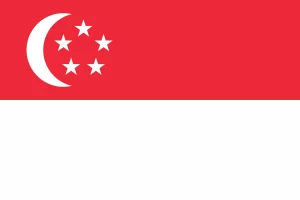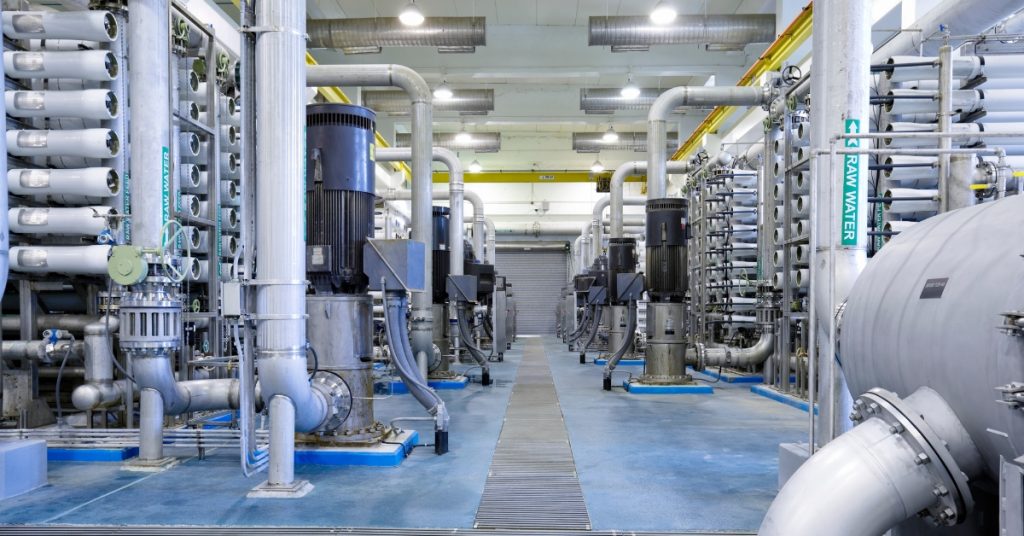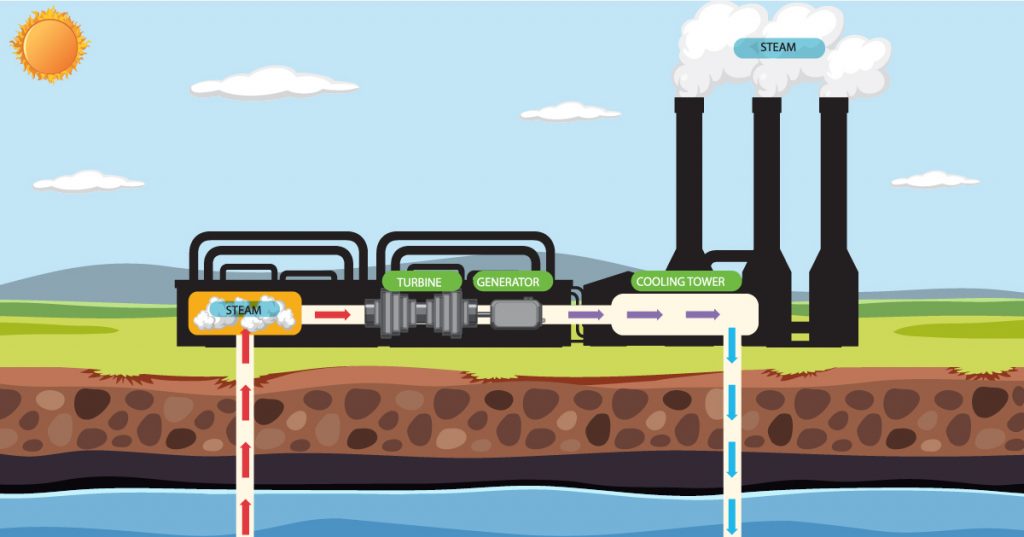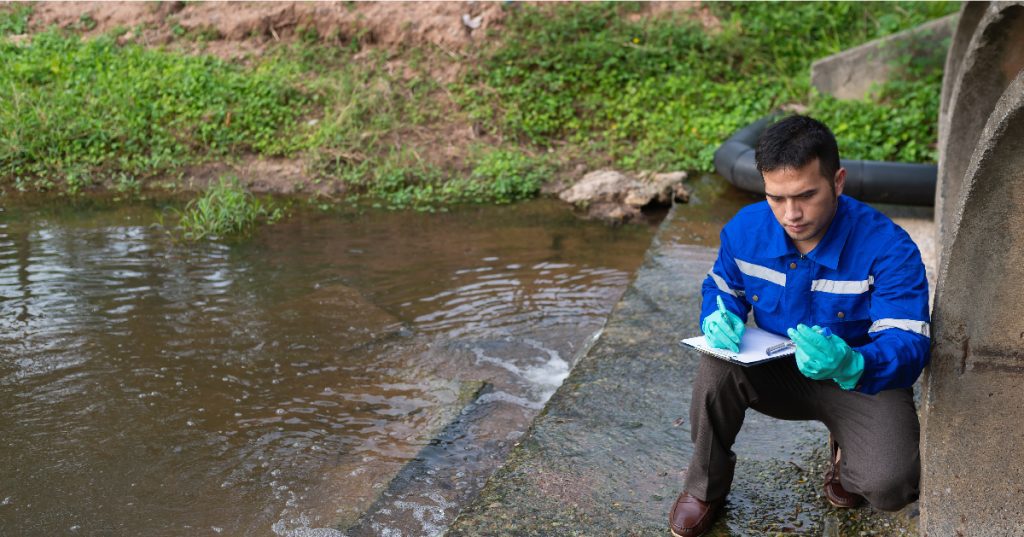Singapore, a nation with limited natural freshwater sources, has built a reputation for its innovative and sustainable water management practices. One of the most critical technologies supporting this achievement is the reverse osmosis process. As industries in Singapore continue to grow across sectors like electronics, pharmaceuticals, petrochemicals, and food processing, the demand for high-purity water also rises. Reverse osmosis plays a pivotal role in meeting this demand while promoting water reuse and environmental sustainability.
What is the reverse osmosis process?
To understand its industrial significance, it’s essential to answer a simple question: What is the reverse osmosis process? It is a water purification method that uses a semi-permeable membrane to remove dissolved salts, bacteria, viruses, and other impurities from water. The process of reverse osmosis involves applying pressure to push water through this membrane, leaving contaminants behind and producing clean water.
Reverse osmosis is not only effective but also energy-efficient and scalable, making it ideal for both large-scale industrial setups and smaller commercial applications.
Reverse osmosis process in water treatment
The reverse osmosis process in water treatment is widely adopted in Singapore due to its ability to produce high-quality water from various sources, including seawater, brackish water, and wastewater. Industrial users rely on this process to:
- Ensure process water quality: Many industrial applications require ultra-pure water free from ions and contaminants. For example, semiconductor manufacturing and pharmaceutical production demand water of extremely high purity to avoid defects or contamination.
- Enable recycling and reuse: Industries generate large volumes of wastewater that, if treated properly, can be reused. The reverse osmosis process allows facilities to recover clean water from effluents, reducing both freshwater consumption and wastewater discharge.
- Support environmental goals: With strict regulations on water usage and discharge in Singapore, reverse osmosis helps industries comply with environmental standards while reducing their ecological footprint.
Applications across industries
Singapore’s industrial landscape is diverse, and the reverse osmosis process supports multiple sectors:
- Electronics and semiconductor manufacturing: Requires ultrapure water for chip production and cleaning. Even trace contaminants can damage microcircuits, making reverse osmosis indispensable.
- Pharmaceuticals and healthcare: Demands sterile and contaminant-free water in drug formulation and equipment sterilization, achieved through high-quality reverse osmosis systems.
- Food and beverage industry: Uses reverse osmosis for ingredient water, cleaning processes, and concentration of food products like juices and dairy without compromising flavor or nutrition.
- Petrochemical and chemical industries: Employ the process of reverse osmosis to treat feed water and reuse treated water for cooling towers and boilers.
Why is reverse osmosis a smart choice for Singapore?
Singapore’s commitment to water security is built on the “Four National Taps” strategy, which includes imported water, local catchments, NEWater (recycled water), and desalinated water. The reverse osmosis process is at the heart of both NEWater and desalination plants in Singapore.
NEWater, which contributes up to 40% of Singapore’s water demand, relies heavily on the reverse osmosis process in water treatment to transform wastewater into ultra-clean, high-grade reclaimed water. Similarly, desalination plants use reverse osmosis to convert seawater into drinking water, further diversifying Singapore’s water sources.
By adopting the reverse osmosis process, industries in Singapore are aligning with the nation’s water conservation goals. It helps reduce dependency on external water sources, manage operational costs, and ensure long-term sustainability.
How Ion Exchange’s Reverse Osmosis Systems Operate?
INDION PF/DT Reverse Osmosis System
Ion Exchange, a pioneer in water treatment, offers the advanced Indion PF/DT Reverse Osmosis System, specifically designed to treat water from complex alternate sources, making it suitable for both drinking and industrial applications. Utilizing flat-sheet membrane technology, this system efficiently processes complex water with minimal pretreatment and a compact footprint. The result is water with very low dissolved solids, free from particulates, colloids, and organic matter.
Key features of the system include:
- Inline dosing provision, inbuilt clean-in-place (CIP) functionality for periodic membrane cleaning.
- Automatic and manual control options for the entire reverse osmosis (RO) plant.
- Safety is enhanced with built-in protections such as dry run and overload prevention, while an onscreen simulation provides complete operational visibility and fault indication.
- The system also boasts high-pressure capabilities to maximize recovery, supports zero liquid discharge (ZLD) to reduce life cycle costs, and offers reusable treated water.
- Its modular design, smaller footprint, upgradeability, and easy access to spares and services with short delivery periods further enhance its value in water treatment applications.
Benefits:
- Requires minimal pretreatment with the use of INDION Multigrad Filter (MGF) and INDION Cartridge Filter (CF).
- Cost-effective membrane replacement.
- Achieves up to 95% removal of total dissolved solids (TDS) with efficient management of TDS fluctuations.
Conclusion
Reverse osmosis is more than just a filtration method—it is a vital part of Singapore’s industrial and environmental strategy. From ensuring high-purity water for manufacturing processes to enabling wastewater recycling and desalination, the reverse osmosis process supports industrial growth while protecting precious water resources.




